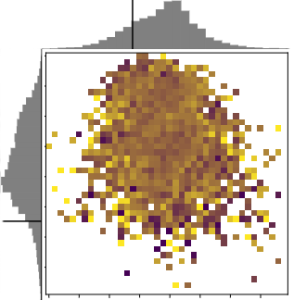Early Warning Systems for Food Security
Project description
Accurate forecasting of sub-national anthropometric-based food insecurity has so far proven an elusive task. Early warning (EW) systems that alert of hunger crises among vulnerable population subgroups have therefore traditionally relied on heuristic evaluation of historical data. Kenya’s National Drought Monitoring Authority (NDMA) is a governmental organization that monitors and coordinates relief action for drought-driven hunger crises in the country’s arid and semiarid regions. Part of their monitoring activity entails the monthly collection of anthropometric data (Middle Upper Arm Circumference) from children under five, from which the prevalence of global acute malnutrition (GAM) can be derived. Despite these monitoring efforts, the NDMA does not currently employ any GAM prevalence forecasting system, which limits their ability to trigger timely and well-dimensioned humanitarian response to avoidable acute malnutrition and death. Our recent work has established that these high frequency anthropometric data, combined with secondary remote sensing data and machine learning methods, can forecast GAM with sufficient accuracy to be operationalized. In this project, we are validating this methodology with updated data (2021-present), and co-develop and launch an early warning tool that can be incorporated into NDMA’s operations and adapted to other settings where sentinel site data exist.
In the news
Related Publications
- Constenla-Villoslada, S., Liu,Y., McBride, L., Ouma, C., Mutanda, N., & Barrett, C.B. (2025). High-frequency monitoring enables machine learning–based forecasting of acute child malnutrition for early warning, PNAS U.S.A. 122 (23) e2416161122, https://doi.org/10.1073/pnas.2416161122
- Baylis, K., & Lentz, E.C. (2025). Impact forecasting for humanitarianism: Opportunities and challenges, Proc. Natl. Acad. Sci. U.S.A. 122 (29) e2512728122, https://doi.org/10.1073/pnas.2512728122.









